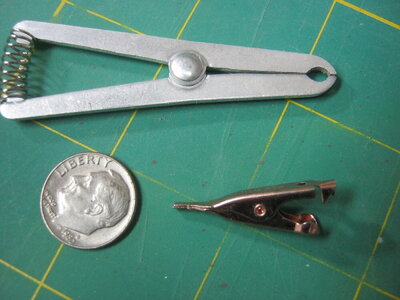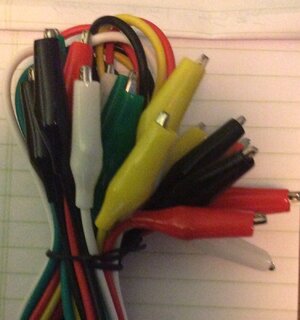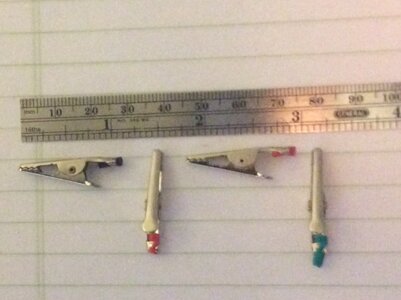In making the small rigging fittings for spars on my 64 scale Bluenose there are a number of brass bands (1/64 x 1/16 inches) around the spar with combinations of ears or other items that need to be soldered in place to holes drilled into the previously bent and soldered shut round band. Some of these are within 1/8 of an inch apart from other soldered items. I can do one opposite the joining joint of a band but three or four are unlikely. I realize that a heat sink of some type is needed to isolate the area being heated/soldered from those adjacent to not melt the other soldered connections.
I have considered trying to flatten an electrical alligator clip jaw to flat, non-toothed, surfaces of contact for heat sinks. Who has experience with this type of small close soldering to offer their recommendations?
Rich (PT-2)
I have considered trying to flatten an electrical alligator clip jaw to flat, non-toothed, surfaces of contact for heat sinks. Who has experience with this type of small close soldering to offer their recommendations?
Rich (PT-2)











